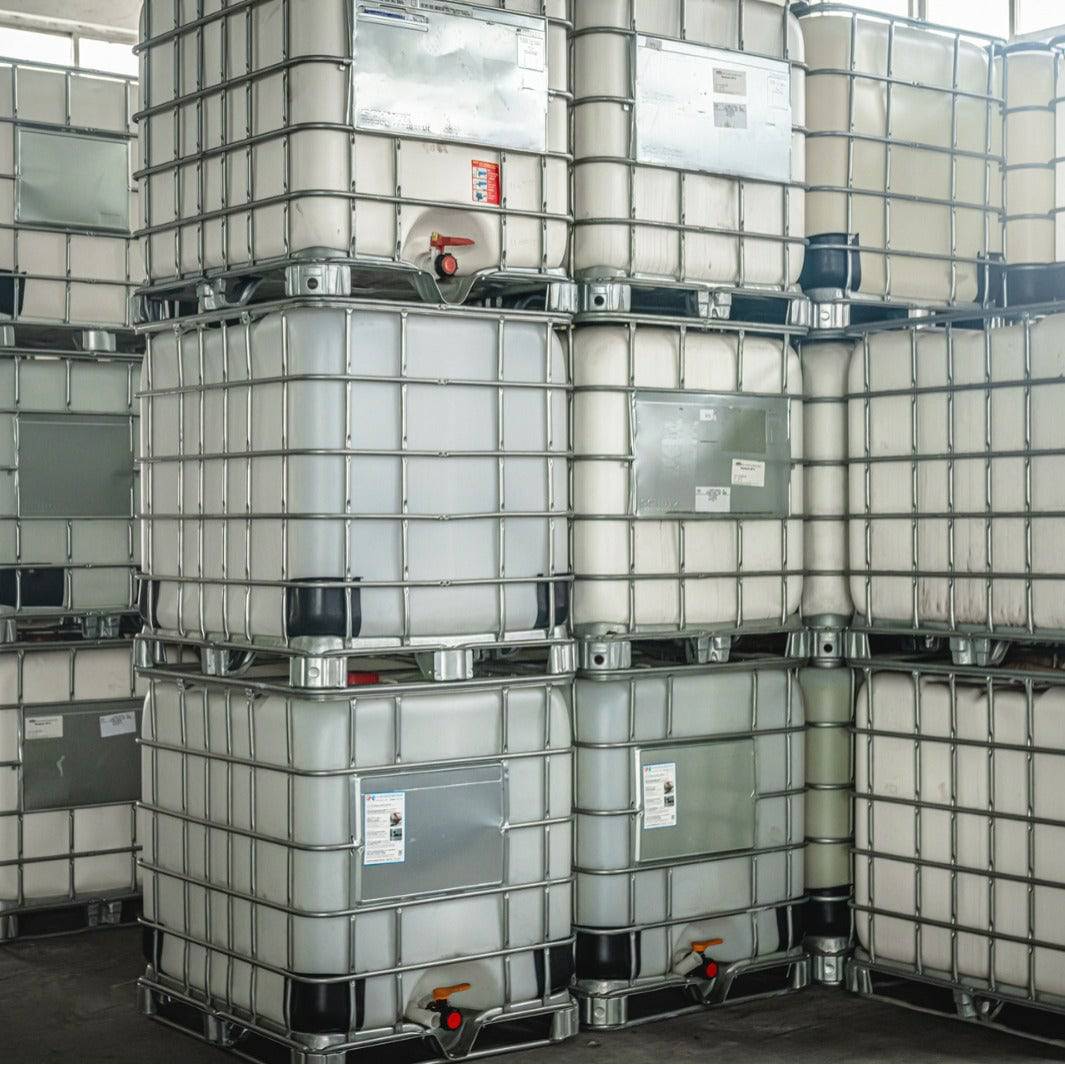Excitement About Chemie
Excitement About Chemie
Blog Article
5 Easy Facts About Chemie Shown
Table of ContentsUnknown Facts About Chemie3 Simple Techniques For ChemieMore About ChemieA Biased View of ChemieThe Single Strategy To Use For ChemieSome Known Questions About Chemie.
By Bojanna Shantheyanda, Sreya Dutta, Kevin Coscia and David SchiemerDynalene, Inc. Fluid air conditioning, which can be attained making use of indirect or direct methods, is made use of in electronics applications having thermal power densities that might surpass secure dissipation via air cooling. Indirect fluid air conditioning is where heat dissipating digital components are physically separated from the fluid coolant, whereas in situation of direct cooling, the components are in straight call with the coolant.In indirect air conditioning applications the electric conductivity can be vital if there are leaks and/or spillage of the fluids onto the electronics. In the indirect cooling applications where water based fluids with rust inhibitors are usually made use of, the electrical conductivity of the fluid coolant mainly relies on the ion focus in the fluid stream.
The boost in the ion concentration in a shut loophole liquid stream might happen as a result of ion seeping from steels and nonmetal elements that the coolant liquid touches with. Throughout procedure, the electrical conductivity of the liquid may raise to a level which could be harmful for the air conditioning system.
10 Easy Facts About Chemie Described
(https://moz.com/community/q/user/chemie999)They are bead like polymers that can trading ions with ions in a remedy that it touches with. In the here and now job, ion leaching examinations were done with various steels and polymers in both ultrapure deionized (DI) water, i.e. water which is dealt with to the greatest degrees of purity, and low electrical conductive ethylene glycol/water blend, with the gauged modification in conductivity reported in time.
The examples were permitted to equilibrate at room temperature level for 2 days prior to taping the preliminary electric conductivity. In all examinations reported in this research fluid electrical conductivity was measured to an accuracy of 1% making use of an Oakton disadvantage 510/CON 6 series meter which was calibrated before each dimension.
Chemie Things To Know Before You Get This
from the wall surface home heating coils to the center of the furnace. The PTFE example containers were positioned in the furnace when steady state temperatures were reached. The examination arrangement was removed from the furnace every 168 hours (7 days), cooled down to area temperature level with the electrical conductivity of the liquid gauged.
The electrical conductivity of the fluid sample was monitored for a total amount of 5000 hours (208 days). Schematic of the indirect closed loophole cooling experiment set-up. Parts made use of in the indirect shut loophole cooling down experiment that are in contact with the fluid coolant.

Chemie for Beginners
The adjustment in fluid electric conductivity was monitored for 136 hours. The liquid from the system was collected and saved.

0.1 g of Dowex material was added to 100g of fluid samples that was absorbed a different container. The mix was mixed and transform in the electrical conductivity at room temperature was measured every hour. The gauged adjustment in the electric conductivity of the UP-H2O and EG-LC examination liquids consisting of polymer or steel when engaged for 5,000 hours at 80C is revealed Number 3.
Some Known Details About Chemie
Figure 3. Ion leaching experiment: Calculated change in electrical conductivity of water and EG-LC coolants consisting of either polymer or steel examples when immersed for 5,000 hours at 80C. The outcomes suggest that steels contributed fewer ions right into the liquids than plastics in both UP-H2O and EG-LC based coolants. This can be because of a slim steel oxide layer which may function as an obstacle to ion leaching and cationic diffusion.
Liquids consisting of polypropylene and HDPE showed the cheapest electric conductivity changes. This can be due to the short, inflexible, straight chains which are much less likely to contribute ions than longer branched chains with weak intermolecular pressures. Silicone likewise executed well in both test fluids, as polysiloxanes are normally chemically inert due to the high bond energy of the silicon-oxygen bond which would prevent degradation of the product into the fluid.
Not known Details About Chemie
It would be expected that PVC would certainly create similar results to those of PTFE and HDPE based on the comparable chemical frameworks of the materials, however there might be various other contaminations present in the PVC, such as plasticizers, that might impact the electric conductivity of the liquid - therminol & dowtherm alternative. Additionally, chloride teams in PVC can likewise leach right into the examination liquid and can site web create a boost in electrical conductivity
Buna-N rubber and polyurethane revealed signs of destruction and thermal decomposition which suggests that their possible energy as a gasket or sticky material at greater temperature levels could cause application concerns. Polyurethane entirely broke down into the examination fluid by the end of 5000 hour test. Number 4. Before and after pictures of steel and polymer samples submersed for 5,000 hours at 80C in the ion seeping experiment.
Calculated modification in the electrical conductivity of UP-H2O coolant as a feature of time with and without resin cartridge in the closed indirect air conditioning loophole experiment. The measured adjustment in electric conductivity of the UP-H2O for 136 hours with and without ion exchange material in the loop is received Number 5.
Report this page